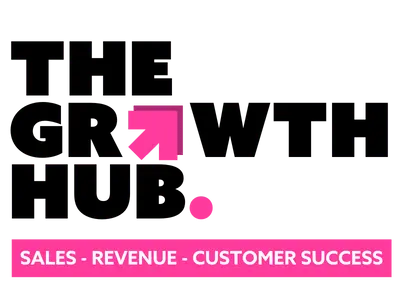Before finally inventing the lightbulb, Thomas Edison once said, “I’ve not failed. I’ve just found 10,000 ways that won’t work.”
Sales trainers were in a similar boat until recently. After all, many ways exist for a learning program to fail—about as many as the number of individual learners in that program, itself. Even a brilliantly designed and executed one isn’t foolproof.
In general, though, program failure is often attributable to one or more of these six causes:
1. Training isn’t the right solution to the problem(s)
Sometimes, training is simply the wrong solution to the performance problem in your organization. While training helps sales reps understand what to do, why to do it, and how to do it, it cannot, for example, increase employee morale or enhance the appeal of your products. In these cases, training the sales force again – or at all – won’t solve the real problem.
2. Poor learning content
For reps, there’s nothing more frustrating than sitting through a class that teaches irrelevant content or content they already know. Good learning platforms allow your salespeople to instantly access only the most relevant information–from their peers, managers, and other subject-matter experts–in the form of best practices videos, objection handling techniques, product updates, etc.
With modern sales learning platform, reps can set up personalized subscriptions to select video content channels. Instead of wading through reams of content to find what they need, they can create a personalized syllabus of “just-in-time” courses.
3. Poor learning design
When a training program isn’t designed according to modern learning principles – when it isn’t bite-sized, personalized, continuous and reinforced – the information is less likely to sink in. Trying to cram a month’s worth of training into a day-long lecture simply doesn’t work.
The solution? Break the learning into small chunks – one minute, two minutes, or three minutes – and deliver it over a longer timeframe. With modern learning platforms, you can take the videos captured from meetings, recorded calls, or coaching and roleplay exercises and repurpose them into bite-sized content. This allows you to leverage internal expertise that was previously under-utilized (if utilized at all). It also lets you spread responsibility for content creation among a variety of new players – top sellers, sales managers, etc..
4. There’s no ‘transfer plan’
How will you get reps to take what they’ve learned and transfer it to the real world? Is there a plan? Talk to trainees about how to use newly acquired sales skills and knowledge with actual customers. For example, how will they counter a particular customer objection? And what’s the next step?
Always consider how reps will apply the training in real-world scenarios. Then, leverage software to send daily reinforcement exercises and video scenarios to reinforce skills when and where they’re needed.
5. Coaching is missing or in short supply
Not too long ago, rehearsing was usually reserved for only the most critical presentations. Most coaches simply didn’t have time to help every rep rehearse. But thanks to mobile sales learning tools, rehearsing, feedback, and “post-game” analyses can be done asynchronously—on each party’s own schedule.
A manager doesn’t need to be on the phone or video chatting with reps while they rehearse presentations. Instead, she can watch the reps’ practice takes on video at a convenient time later. The manager inputs notes, feedback, and scoring right inside the video for the rep to review, and the rep goes in reviews and replies whenever he or she has a moment to do so.
6. Lack of management buy-in
If managers, especially front-line sales managers, don’t buy in to training programs, the likelihood your sales force will actually use your learning content falls dramatically. Your program must be perceived as important by these stakeholders, but persuading them can be difficult if previous programs met with limited success.
If you took aspirin every time you had a headache, and it never helped, you’d quit taking it, right? That’s the challenge of winning the hearts and minds of these skeptics. You have to give them compelling reasons to believe in the program again. You have to persuade them that you’ve developed a better way – the 10,001st way – to obtain the desired results.
Visit the Allego website, here.
— — — — — —
Posted here with permission from our 2019 National Sales Conference Sponsors, Allego.




